Visiting a Spiritual Place
“Feel the Energy of Hakusan-shinko – Itoshiro”
“Feel the Energy of Hakusan-shinko – Itoshiro”
- Tag:
Hakusan-shinko is the worship of water. Heading towards to symbol of it, Amidagataki Waterfall
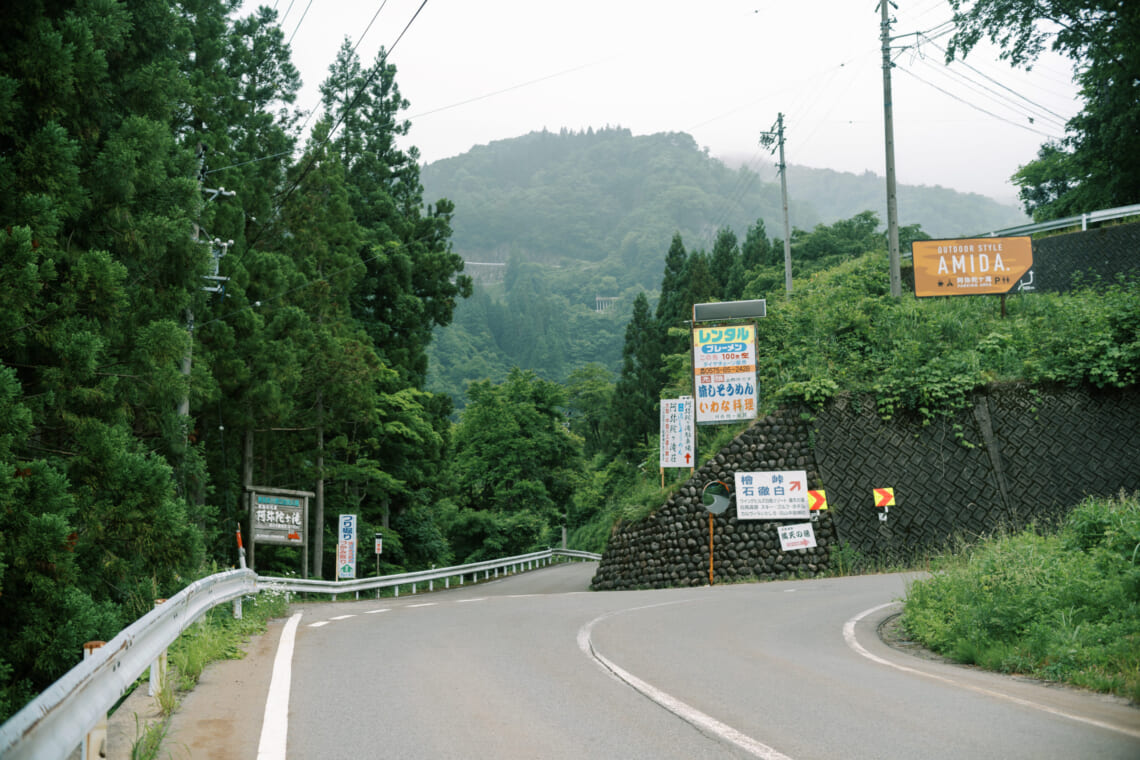
We start heading to Amidagataki Waterfall at around 11:30. It is only 4km ride from Nagataki Hakusan-jinja Shrine to the entrance.

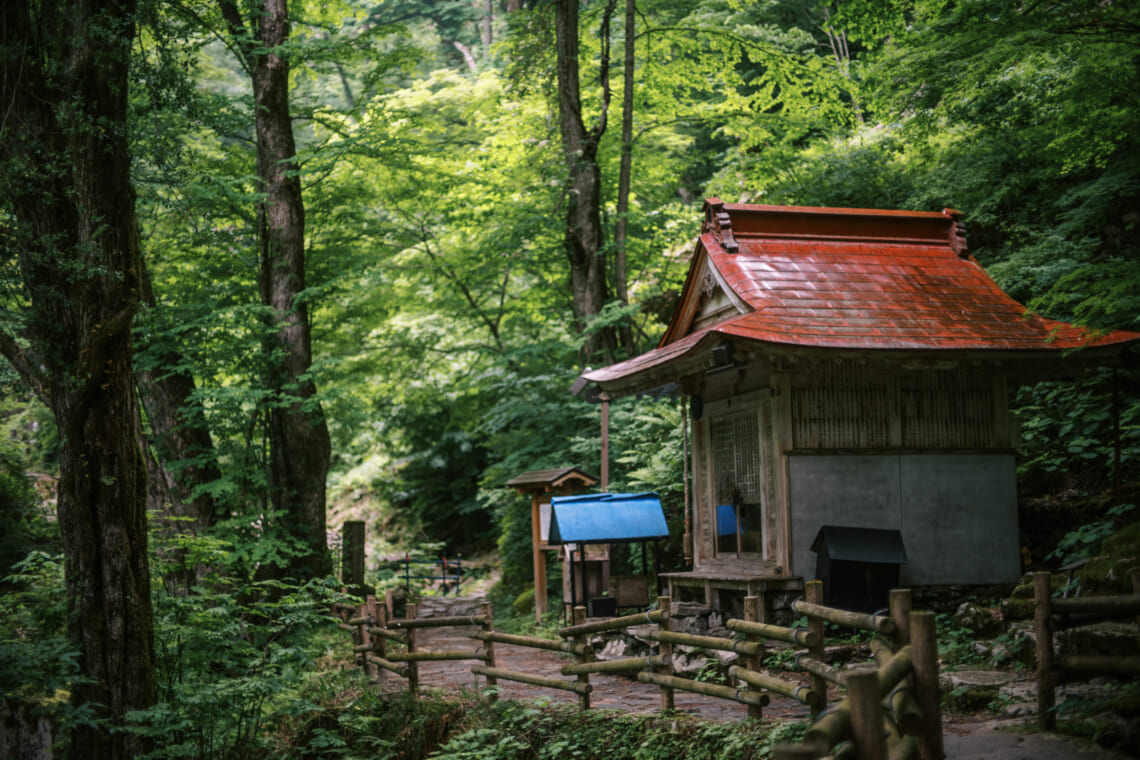
This waterfall, which is one of the holy places of the Hakusan-shinko, was found by Taicho. The goddess appeared in his dream named this waterfall “Nagataki” and this name became the name of Nagataki Hakusan-jinja Shrine.
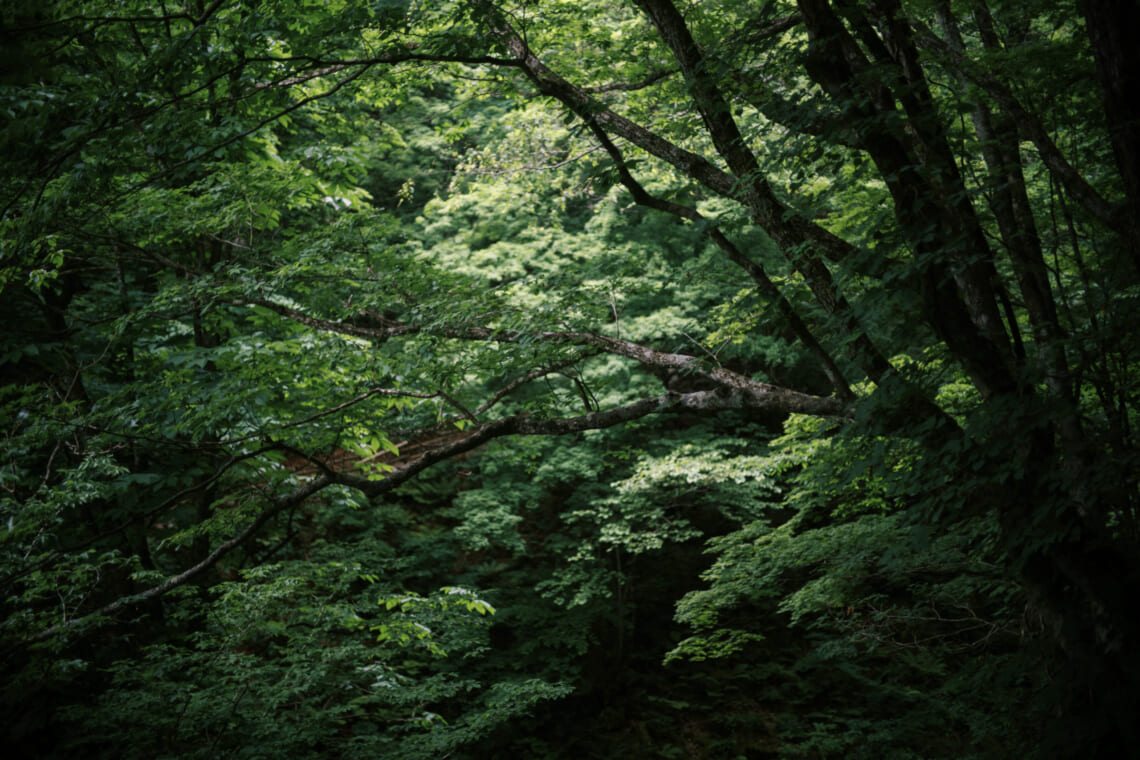
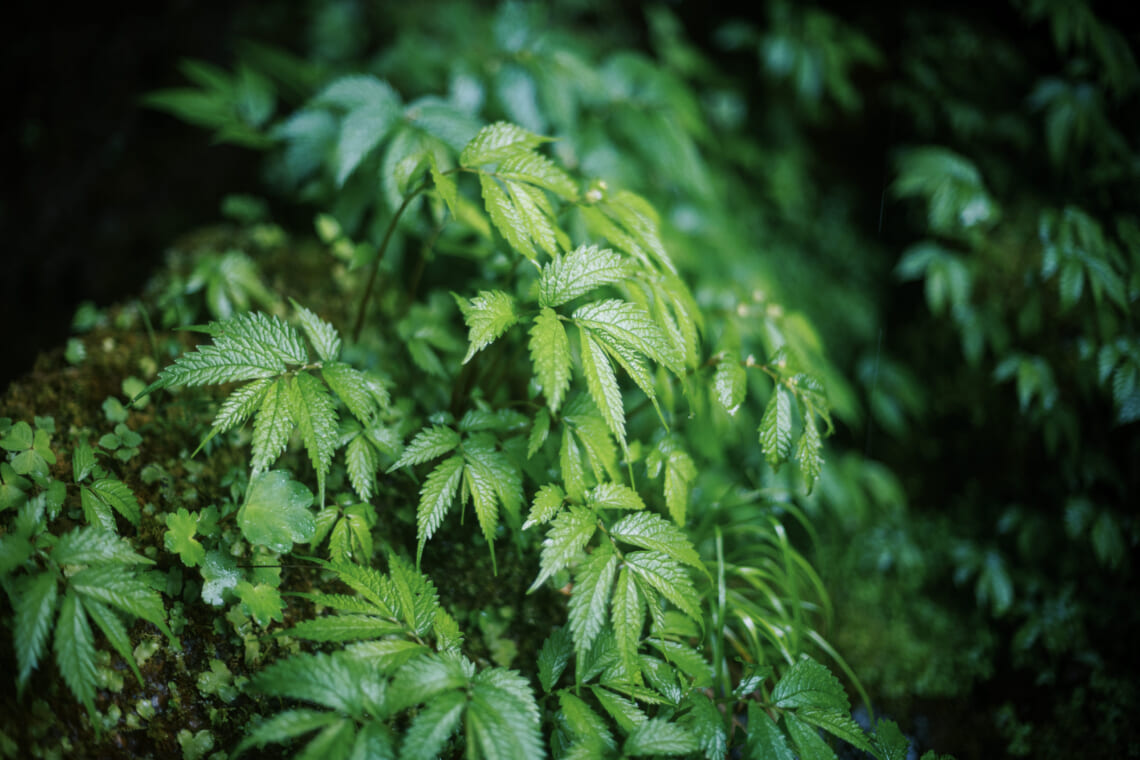
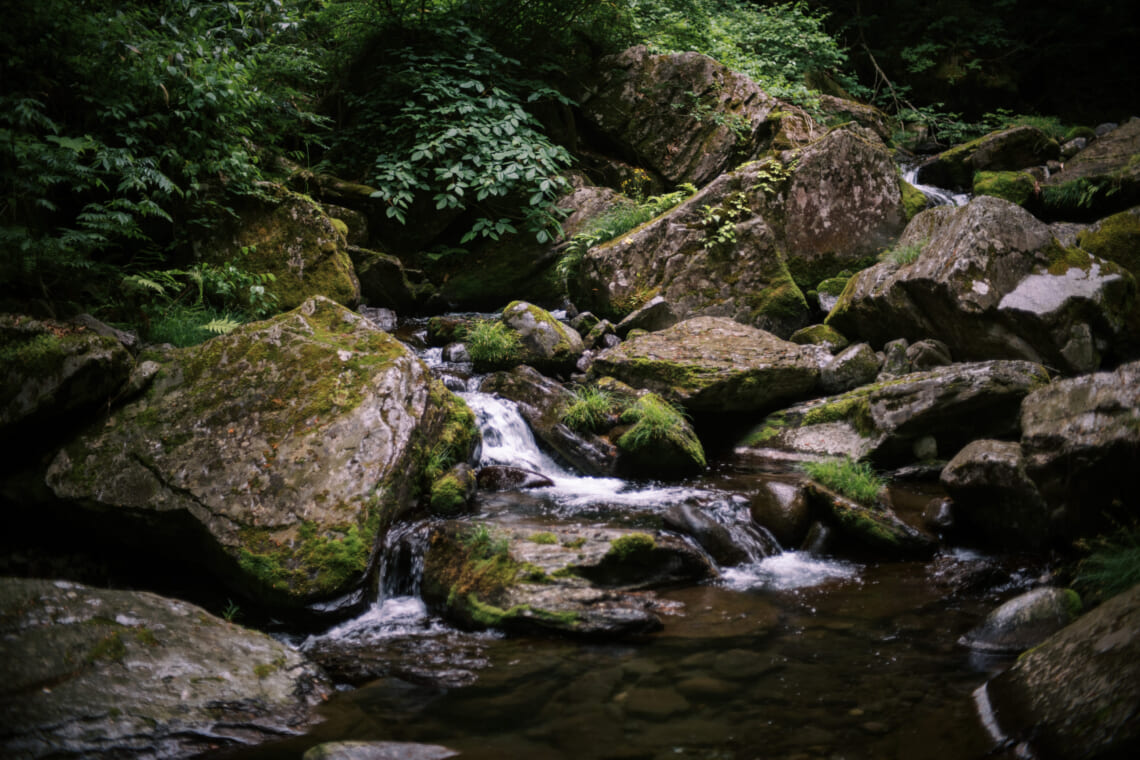
The stone pavement is gentle that children and elderly can also walk easily. The light leaking from the trees becomes a spotlight lighting up the trees and rocks.
The sound of water becomes bigger now!

Finally, we can see the Amidagataki Waterfall! Water shines like silk resonates with the people, like me, who is looking for purifying.
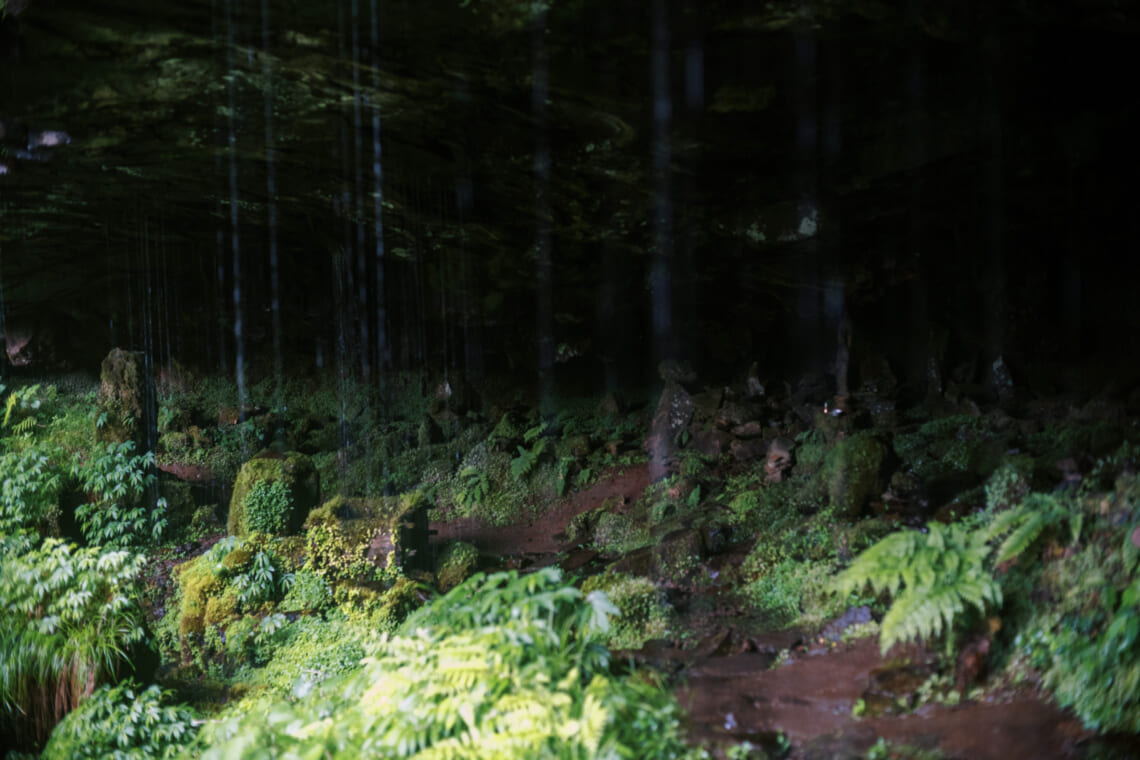
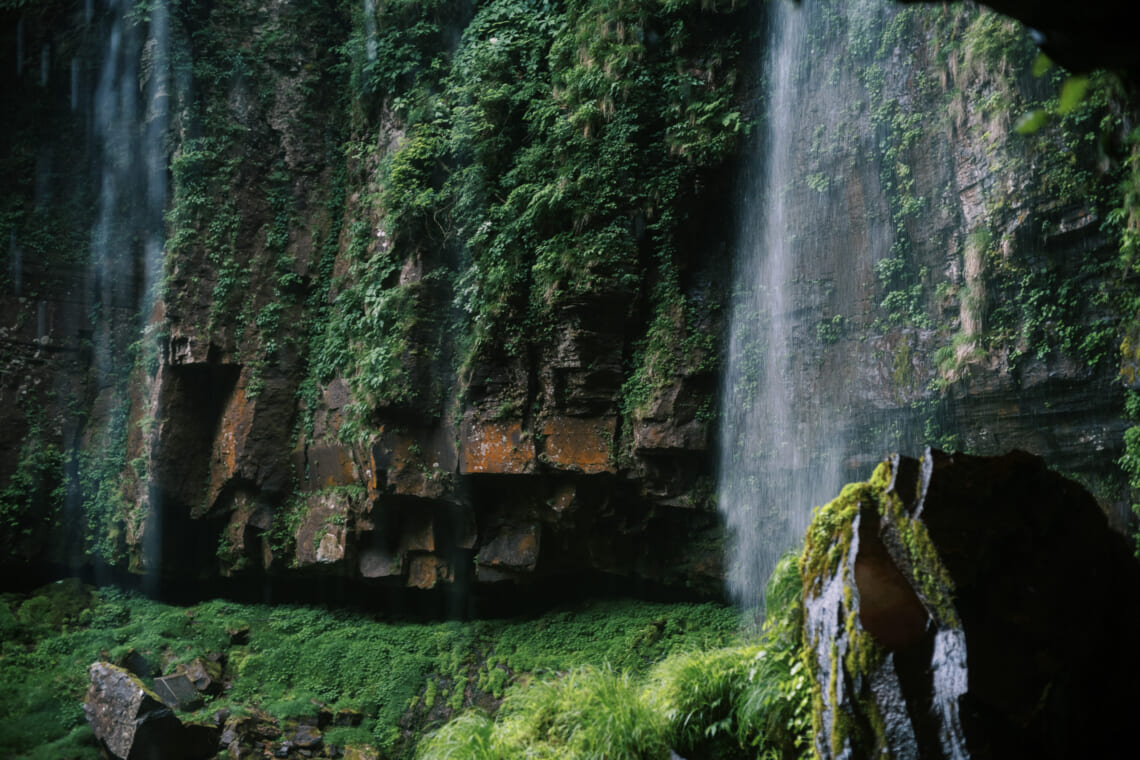
The name Amidagataki was named discovering 800 years later after discovering. A monk, Michimasa from Hakusan Chugu Choryuji Temple started training here and saw Amitābha appear.
This waterfall is selected as one of the Japan’s Top 100 Waterfalls and Gifu-ken’s Best 50 Waters. You can feel how wonderful it is when you walk along and notice that the waterfall is protected as a training spot till today.
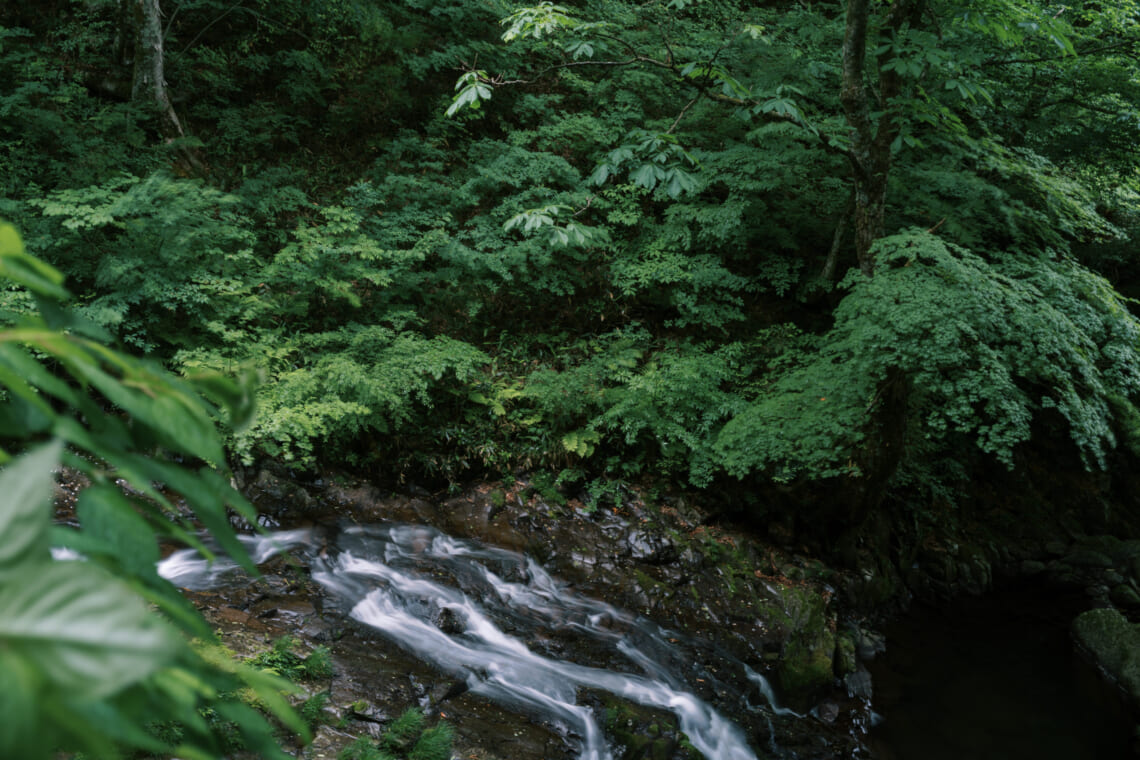
Hakusan-shinko spread throughout the country by
Hakusan Chugu-jinja Shrine
Let us head to Itoshiro!When we pass the Mino Zenjodo with altitude of 1000m at around 12:30, we almost arrive Itoshiro!
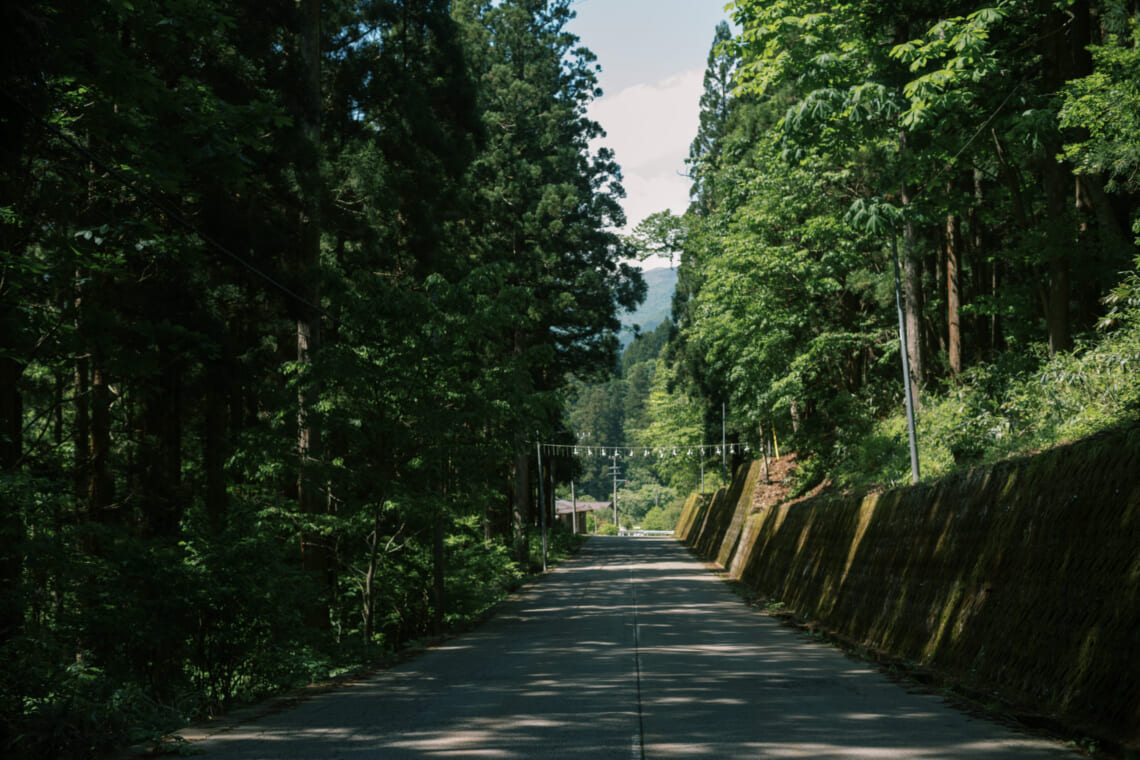
Shimehari (Taboo rope) is tied up. It means you are entering the god precinct. You can find the information center and accommodations for visitors and the entrance of the village of monks spreading the Hakusan-shinko here.
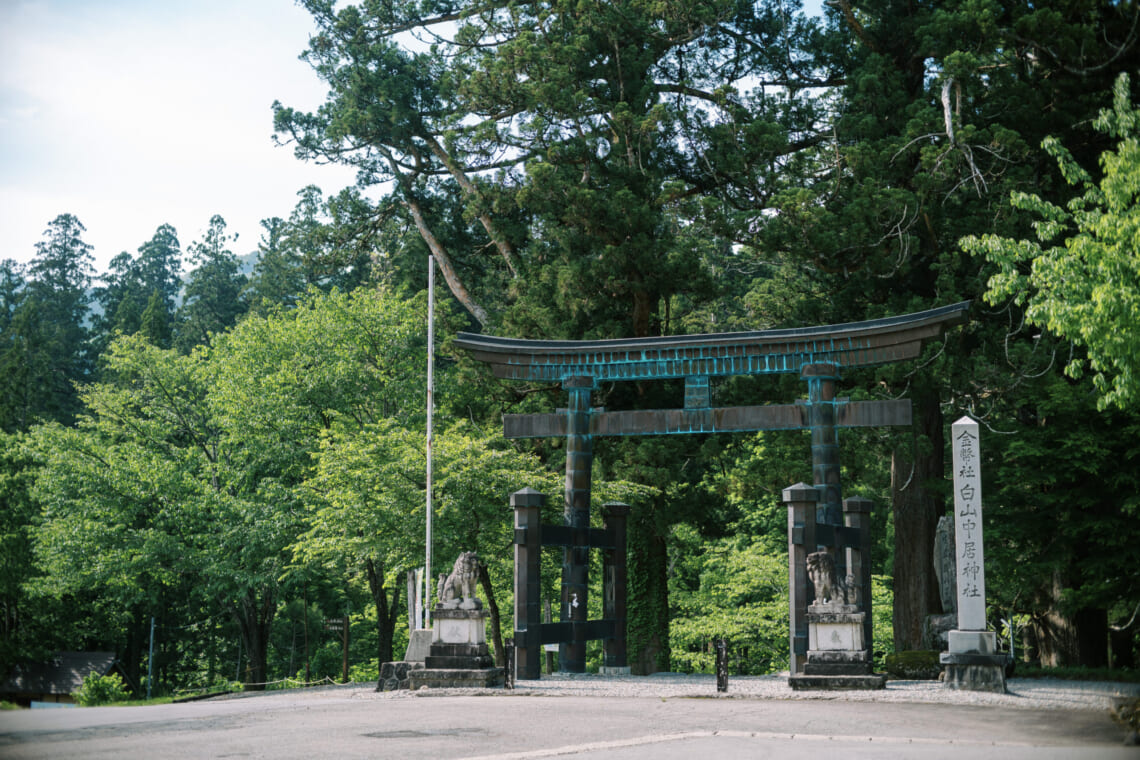
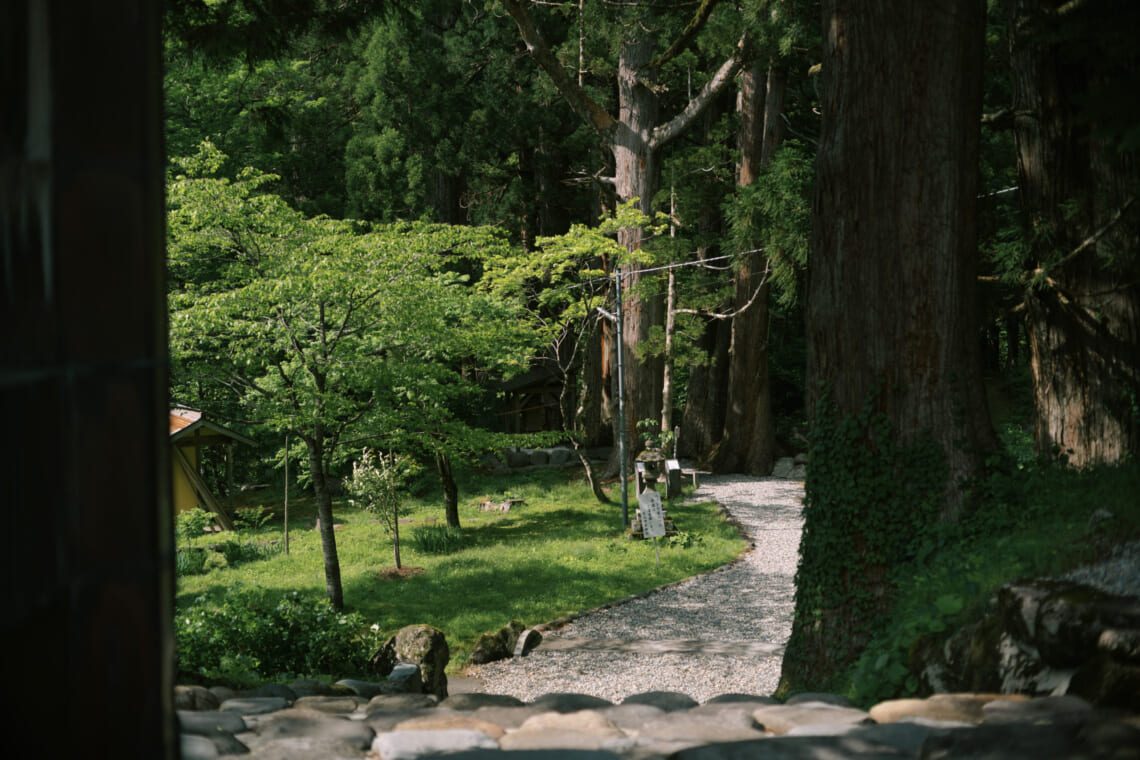
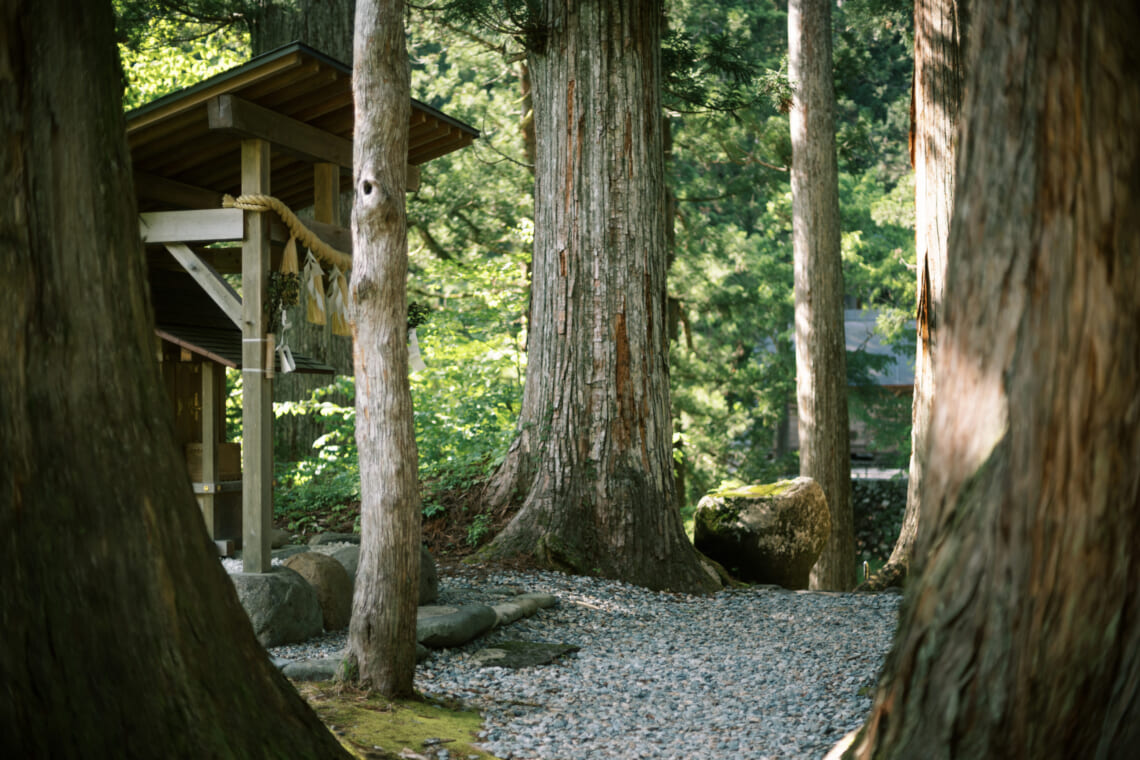
We park our car at the Torii (Gateway to a shrine) at 13:00. I am overwhelmed by a row of trees including 70 Japanese cedars with girth of 6m.
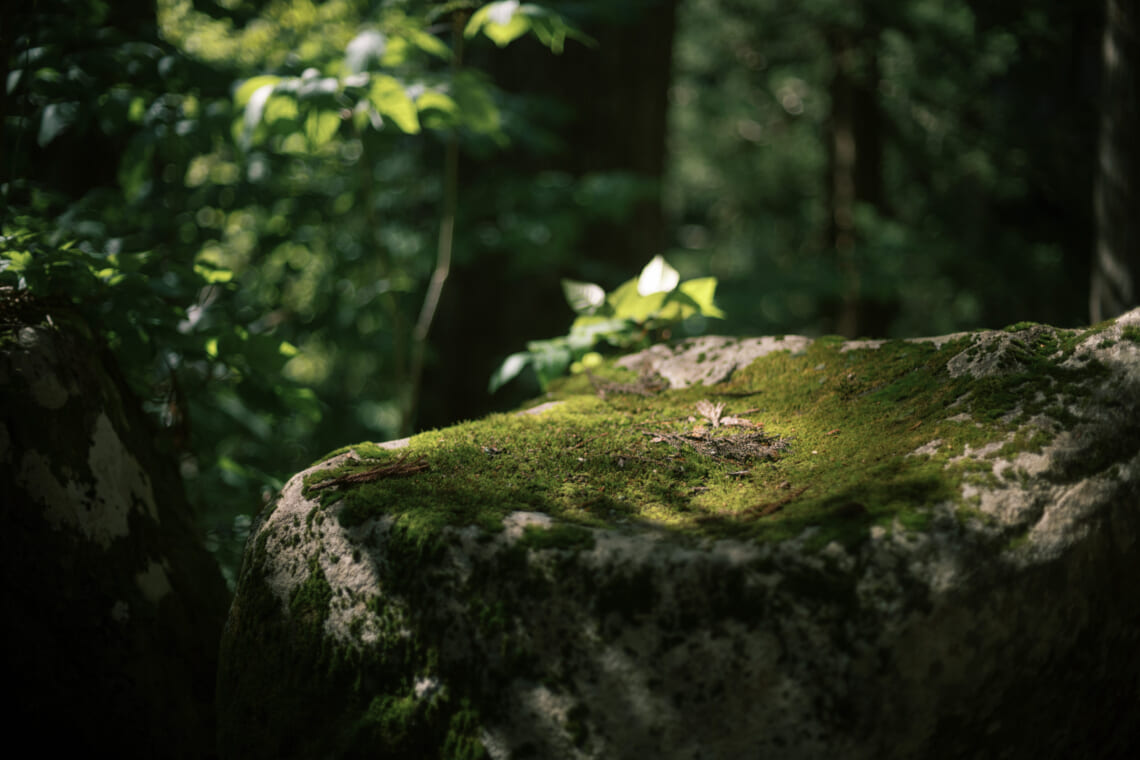

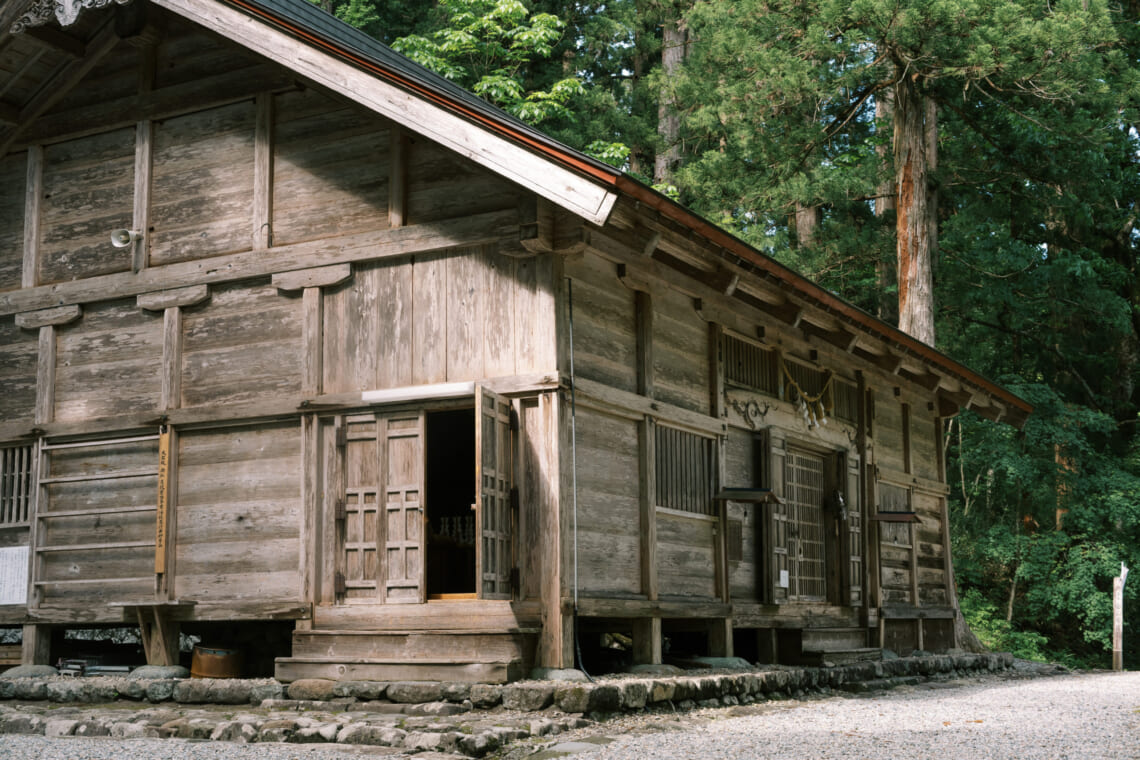
After crossing a stream and entering the area, you can feel it is a place where the gods are actually living here. I am so touched.
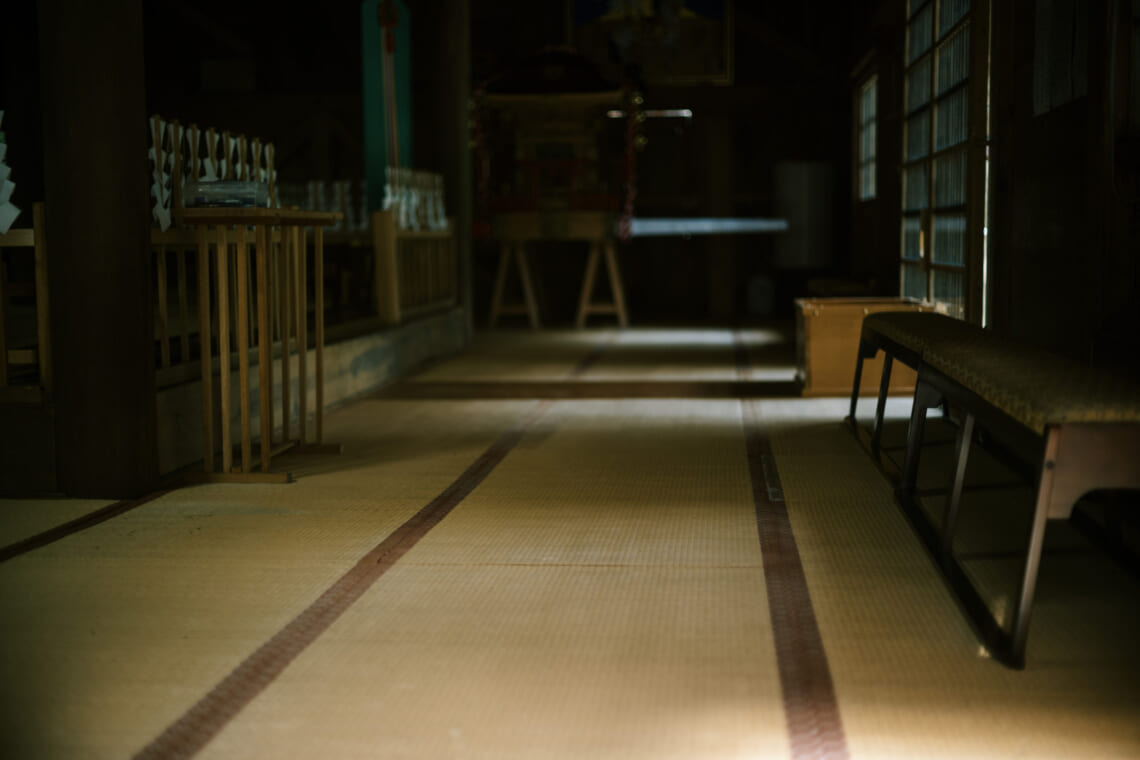
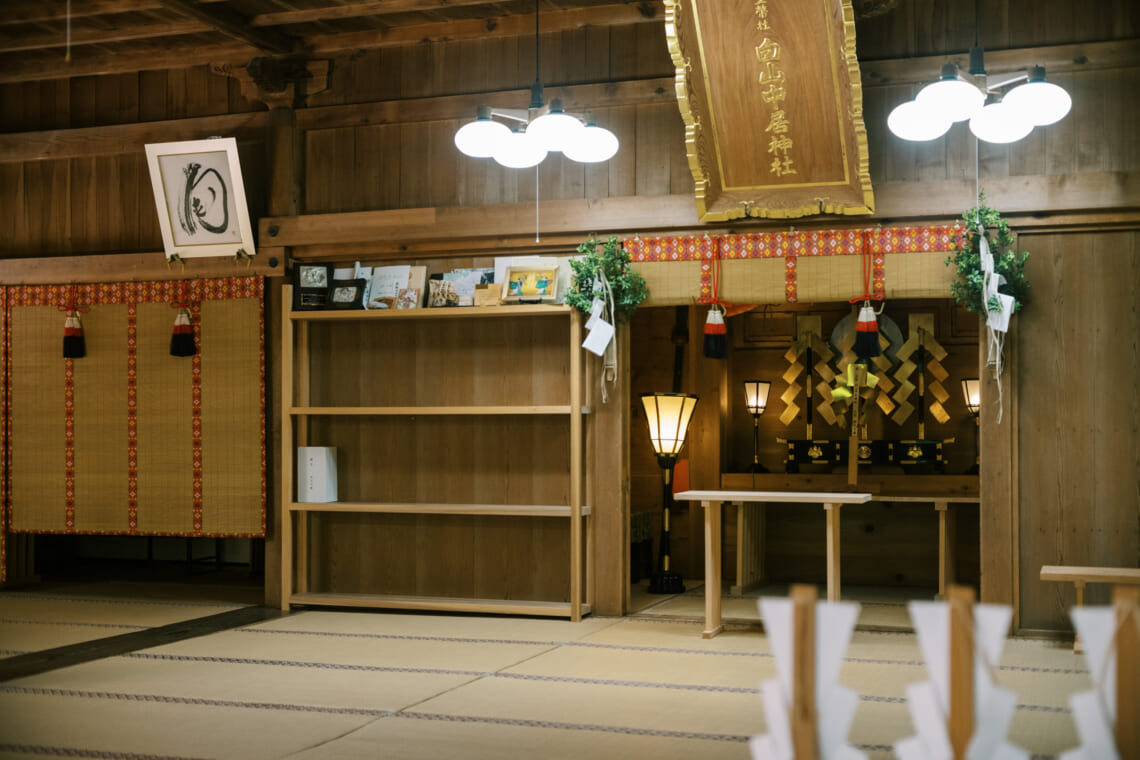
Because this place is a dead end and covered by snow throughout the year, Itoshiro is not a place that people can enter easily. The sense of accomplishment is immeasurable.
A group of rocks called “Iwasaka” in the area is a mark where gods come. It is a remain of this nature worship used for ceremony before Honden (Main shrine) was built in year 83.
A dance, “Urayasu-no-mai” performed by primary school’s shrine maidens is dedicated to the god on the Inauguration festival every year in July.
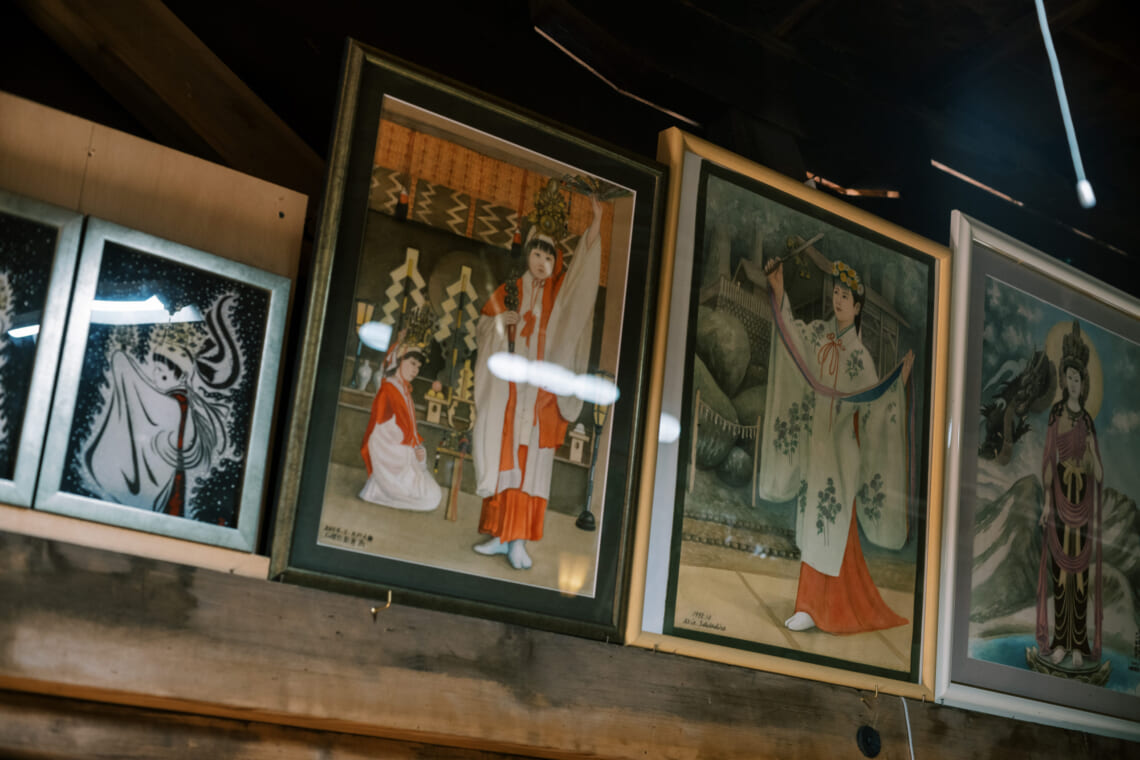
Left is the “Godan-no-kagura”, the spring festival and right is “Urayasu-no-mai” dedicated to the shrine.


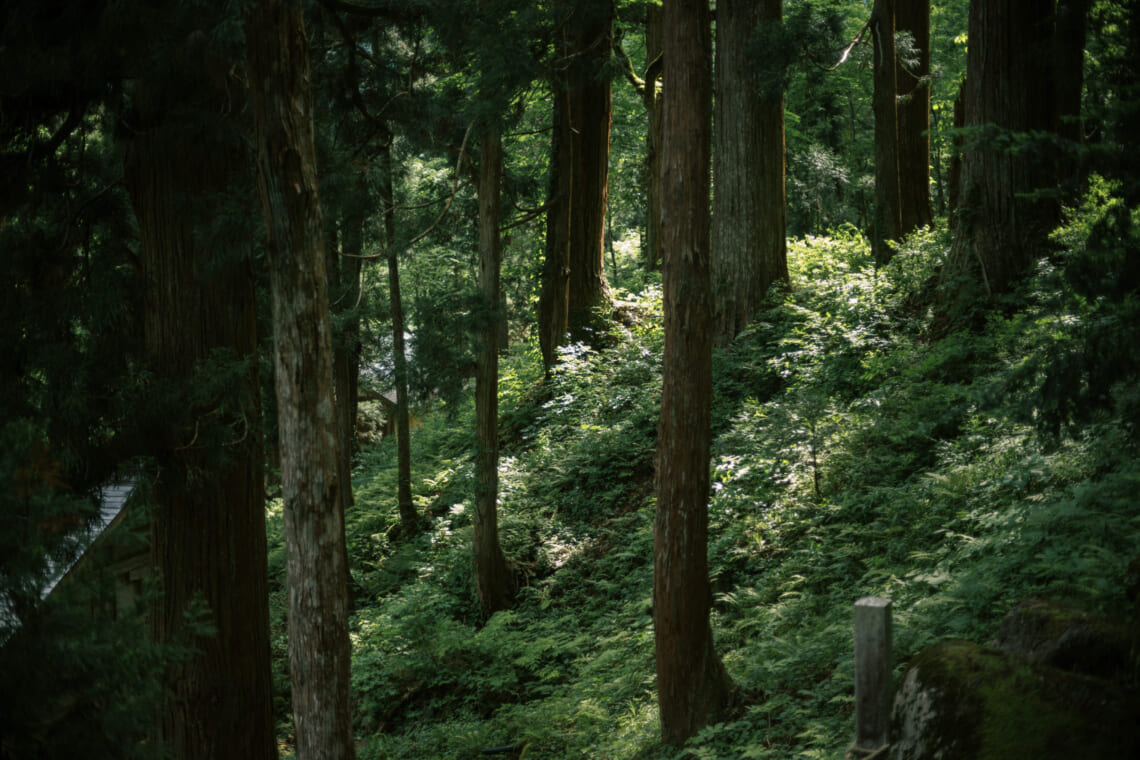
Sculptures of ear of millet and quail are displayed in the Honden wishing the family prosperity. I am surprised that these sculptures were transported by human hands as the transportation system was not well developed. Worshipers from all over the country carried with them hand by hand. It helped spreading Hakusan-shinko too.
About TABITABI Gujo

TABITABI Gujo editorial
TABITABI Gujo is a general media site for sightseeing in Gujo introducing attractive tourist spots in Gujo with a slogan of “Gujo, a place you want to visit many many times.” While knowing more about Gujo, we continue providing information on travel suggestions during each season in different areas, as well as the latest information of Gujo-shi.

